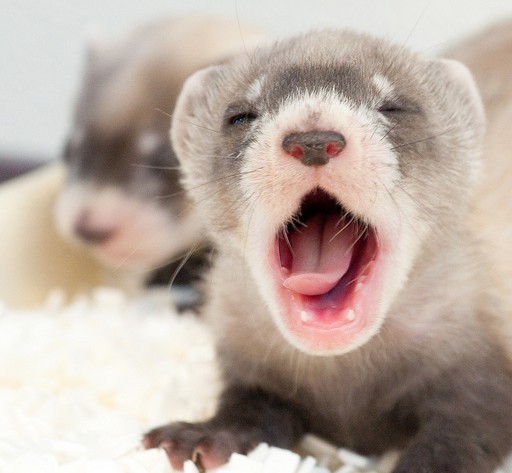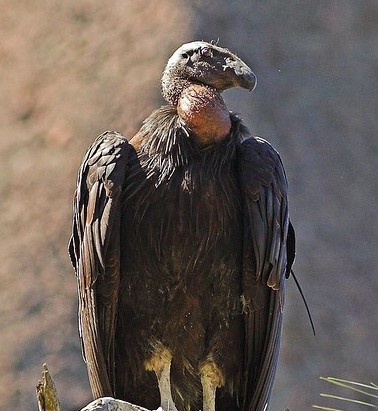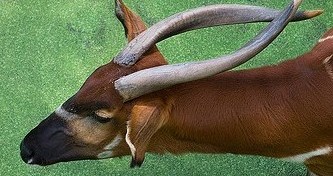About Us
For many types of species – animals, plants, and insects – maintaining populations in captivity can be incredibly useful and rewarding. Captive populations can be used for educational purposes, exhibition of rare or interesting species, research, and for conservation. In conservation situations, zoos use captive breeding as a tool to prevent extinction of a species that cannot survive in the wild, often due to the deterioration of a species’ habitat. For example, the black-footed ferret and California condor are species that have been successfully bred in captivity because wild populations had very few individuals remaining and the species was near extinction.
Typically, captive conservation programs aim to retain the diversity found in the captive populations’ genomes and increase the number of individuals in the population. Maintaining genetic diversity is important, as diversity is lost at every generation due to random genetic drift as well as inbreeding. Additionally, captive populations can become a little bit better adapted to the captive environment at every generation due to genetic and behavioral changes. While this may not always be detrimental, changes in behavior that are beneficial in captivity are not beneficial to wild animals.
Usually, these goals are compatible, meaning that increasing the population size does not result in the loss of genetic diversity and retaining genetic diversity does not impact population growth rate. However, in some cases, efforts to retain genetic diversity can also slow down the rate of population size increase because the retention of diversity is often facilitated by equalizing the number of offspring from each set of parents. Managing captive populations in such a way that genetic diversity is not lost and population size is increased, then, becomes important in order to manage these sometimes-conflicting goals. This is particularly true if the goal of the captive breeding program is reintroduction of populations into wild habitats.
Contact Us
Janna Willoughby | Post doc, Department of Forestry and Natural Resources
115 S. State St West Lafayette, IN 47906
willoughby@purdue.edu
J. Andrew DeWoody | Professor of Genetics and University Faculty Scholar
195 Marsteller Street West Lafayette, IN 47907
765-496-6109 | dewoody@purdue.edu
Featured Story
Featured Story

Image credits:
- Ted McGrath, 2014 – San Diego Zoo – Which way you Going Billy, Can I go Too? CC Attribution-NonCommercial-ShareAlike 2.0 Generic
- USFWS Mountain / USFWS Prairie, Kimberly Tamkun, CC Attribution-NonCommercial-ShareAlike 2.0 Generic
- Jim Bahn, Condor at Pinnacles National Monument, CC Attribution 2.0 Generic
- Stuart Caie, Fairy DNA, CC Attribution 2.0 Generic
- DeusXFlorida, Antelope – in Jacksonville Zoo. Florida, CC Attribution 2.0 Generic




